How to Return to Exercise
The internet world has countless programs and routines and thoughts about how to “get back” after a baby or a surgery. Returning to exercise postpartum can be very daunting and quite frankly, incorrect. Let’s stop the pressure on recovery altogether and figure out what works for you.
How do I start?
I always recommend walking as the first step, literally. A short walk in the hallway or down the driveway on a nice day for a couple minutes. Post-event (yes, I consider birth an “event” even when it is uncomplicated! Your body still went through things. That’s another topic for another day) I recommend slow and steady progression. A short walk multiple times per day often has a more favorable response than one long or challenging walk.
Signs of overactivity or over-doing it might include: increased pain, shortness of breath, body fatigue (that all-over bleh feeling), increased cramping (uterus) or bleeding (vaginal or incisional), leakage, pressure or heaviness or bulging sensations in the pelvic floor. Any combination of these are your body’s signals to rest.
There are always exercises, movements or stretches that can be appropriately applied in the early recovery phase, but those are best individualized based on your history and personal circumstances.
Once you’ve spent a few days walking multiple times per day without issue, gradually begin adding speed, distance or time. Those three are the easiest variables to progress. I’m a fan of ‘slow and steady’. A sprint at the beginning almost always requires a longer rest period - and most people would prefer a continuous ramp up rather than a day or two out of commission. If you’re starting at a 5 minute walk or “up on your feet” time, every day you can add a minute or two. Or you can add a lap or two. If one day, that feels like too much, do the same the next day instead of adding. It’s completely up to you and what your body is telling you. Note: what your brain wants might not be what your body wants!
Movement and exercise is a wonderful way to recover from a gynecological surgery, procedure or giving birth. It helps prevent blood clots, pneumonia, deconditioning, fatigue and depression. Find the movement that works best for you, at a pace that feels good in your body. Cheers!
